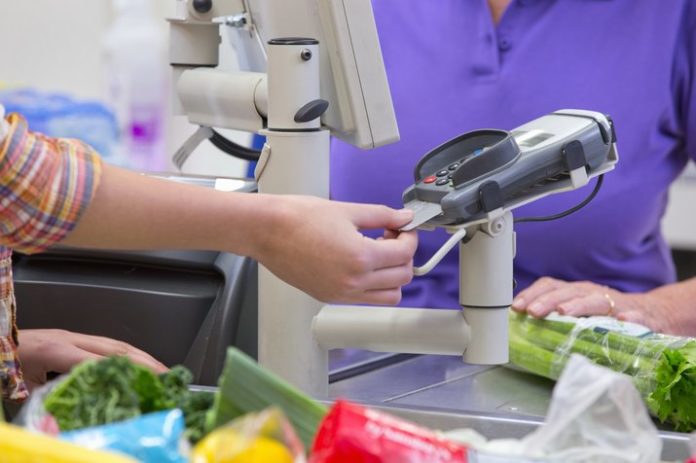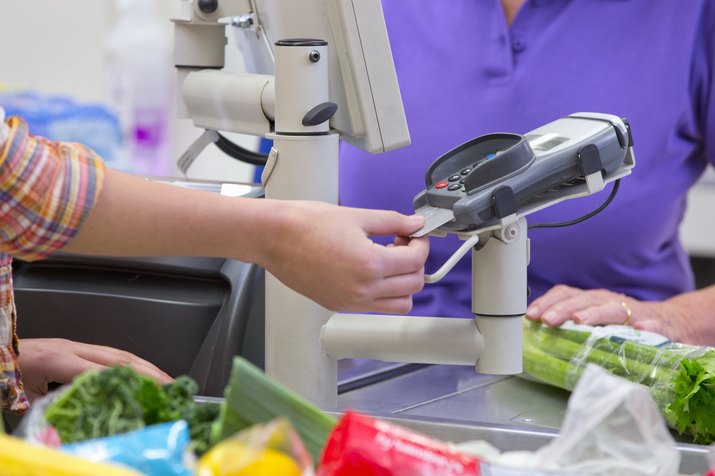 1 of 12
1 of 12
11 Tips to Save Money When Grocery Shopping
With food prices rising, most everyone wants to find ways to reduce their grocery bills. But not everyone wants to spend hours and hours clipping coupons or scouring grocery aisles only to realize a few dollars of savings. You don't have to. This simple guide will help you save big at the grocery store without too much work. "Many times you'll find fresher foods and lower prices at your local farmers market — and occasionally you can negotiate the price down just by asking." – Jane DeLaney, president and founder of eMeals
Ian Lishman/Juice Images/GettyImages  2 of 12
2 of 12
Create a Budget
First and foremost, create a budget — a maximum amount you're allowed to spend at the store. "Just having a plan can save you hard-earned money," said Jane DeLaney, president and founder of eMeals, based in Birmingham, Alabama. A great way to make sure you stick to the budget once it's made? Pay with cash, instead of credit, said Kevin Gallegos, vice president of Phoenix operations for Freedom Financial Network. "If you use a credit card and cannot pay off the balance in full each month, you run the risk of paying up to 15 percent interest on your grocery purchases."
Towfiqu Photography/Moment/GettyImages  3 of 12
3 of 12
Write a Shopping List
Use helpful tools, like a written shopping list or a shopping app on your phone, to plan what to buy, so that you don't buy unnecessary things, said Jodie Fitz, creator of the Price Chopper Kids Cooking Club based in Albany, New York. Useful grocery shopping apps include Grocery IQ and Grocery Pal, both of which help you create grocery lists and find relevant coupons (no clipping required!).
FG Trade/E+/GettyImages 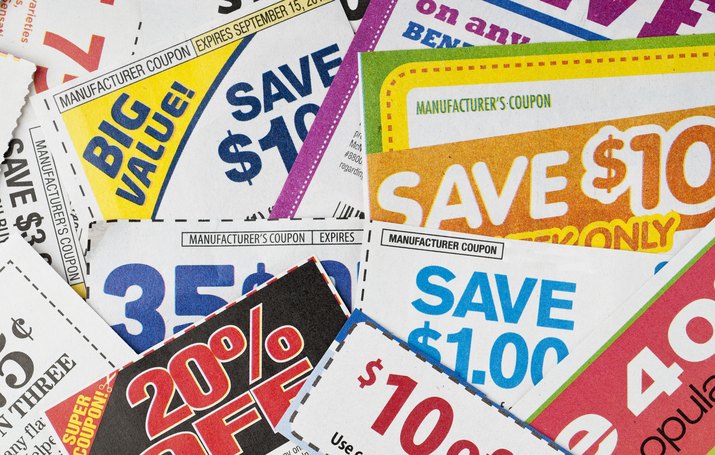 4 of 12
4 of 12
Browse Sales Flyers & Coupons
Browse through the sales fliers and base your weekly meals on the bargains offered there. "For example, if skinless, boneless chicken is on sale for $1.99 a pound, it's going to be in my recipe mix for the week," Fitz said. "And I'm going to purchase extra, cut it, pound it, wrap it and freeze it for the future for when it's not on sale."
mphillips007/E+/GettyImages 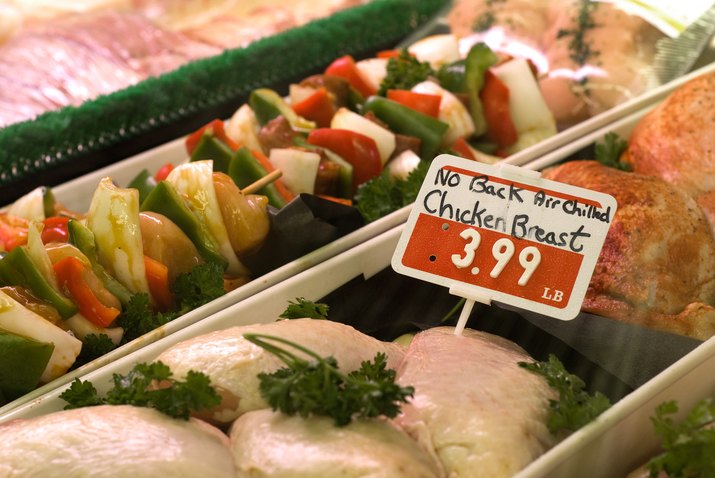 5 of 12
5 of 12
Learn Regular Prices
Also, learn the prices of items that you purchase frequently so you'll know a good deal when you see it, especially unadvertised specials, DeLaney said. In fact, make sure the packages you are buying are a good price. "Pay attention to unit pricing," Gallegos advised. "Ounce-for-ounce, bigger packages often provide the most value for your dollar, but not always. Check the unit pricing displayed on tags on store shelves. Midsize packages sometimes will be the best purchases." Use the Apples 2 Oranges app to help you compare unit pricing.
Jupiterimages/Photos.com/Getty Images  6 of 12
6 of 12
Do More Prep Work at Home
Another way to cut costs is to do more prep work at home. "For food items, remember that the convenience of bagged lettuce, precut fruit and veggies, and shredded cheese comes with a higher cost," Gallegos said. "It only takes a few extra minutes to rinse lettuce and tear it by hand or to shred a block of cheese." He also recommended skipping the more expensive single-serving packages in favor of larger sizes. Just dole it out into smaller portions in sandwich bags or small containers, he said.
Dave and Les Jacobs/Blend Images/GettyImages 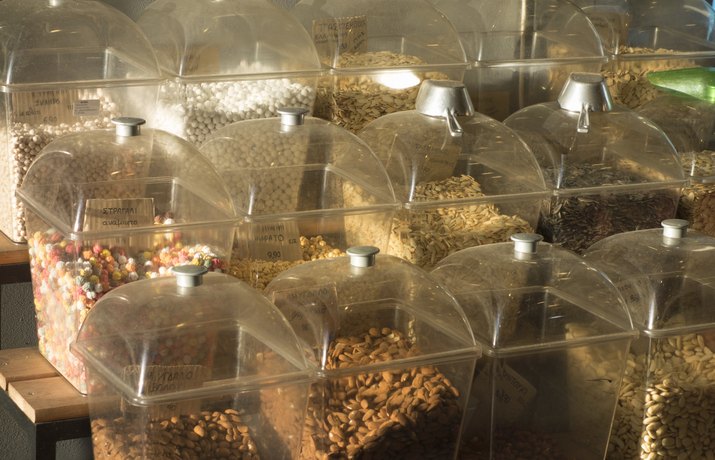 7 of 12
7 of 12
Shop Bulk Bins Instead of Prepackaged Products
Along these same lines, shopping the bulk bins can build up savings, too. "Many times, it's cheaper to stock up on items like nuts and dried fruits from the bulk bins rather than using prepackaged products," DeLaney said. "Sacrifice an ounce of convenience, and watch the savings add up."
Kypros/Moment/GettyImages 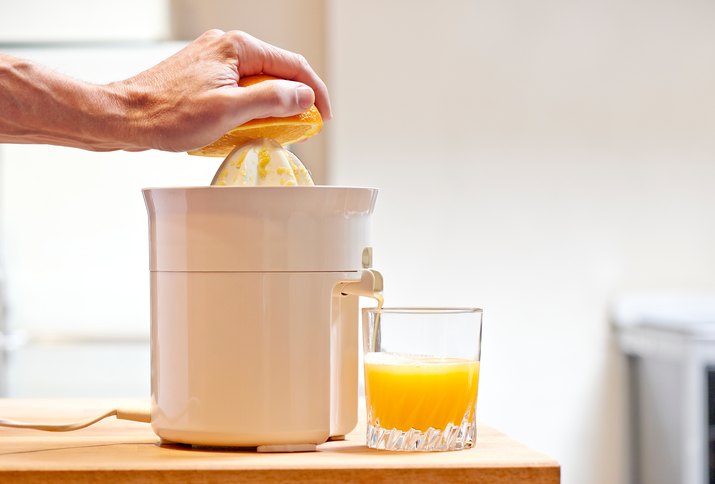 8 of 12
8 of 12
Make Your Own Juice Instead of Buying Bottled Beverages
Bottled drinks are another item that can drain your grocery budget. "For juices, lemonades and sodas, remember that their plastic packaging adds to the cost," Gallegos said. "Instead, think about buying powdered mixes and making your own at home." Better yet: Just drink tap water.
Bombaert Patrick / EyeEm/EyeEm/GettyImages 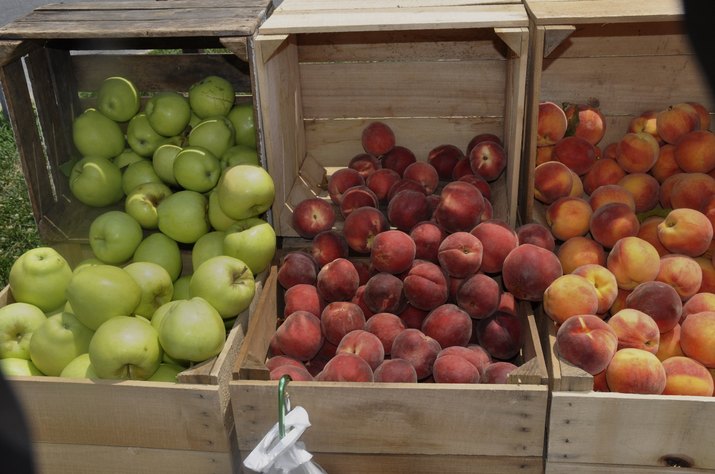 9 of 12
9 of 12
Shop Seasonal
For savings on fruit and vegetables, DeLaney suggested shopping for produce that is in season, especially at the farmers market. (The app Locavore can help you determine what's in season in your area.) "Many times you'll find fresher foods and lower prices at your local farmers market — and occasionally you can negotiate the price down just by asking," she said. Purchasing frozen or canned produce can also result in savings, DeLaney stated.
Tom Carter/Photodisc/GettyImages  10 of 12
10 of 12
Get the Most Use from Produce
With all produce, make the most of your purchase. "Do your best not to waste produce you do buy," DeLaney said. "If you notice the bananas are rotting, put them in the fridge and make banana bread, or freeze other things to make juices or smoothies later."
Amanda Schug / EyeEm/EyeEm/GettyImages 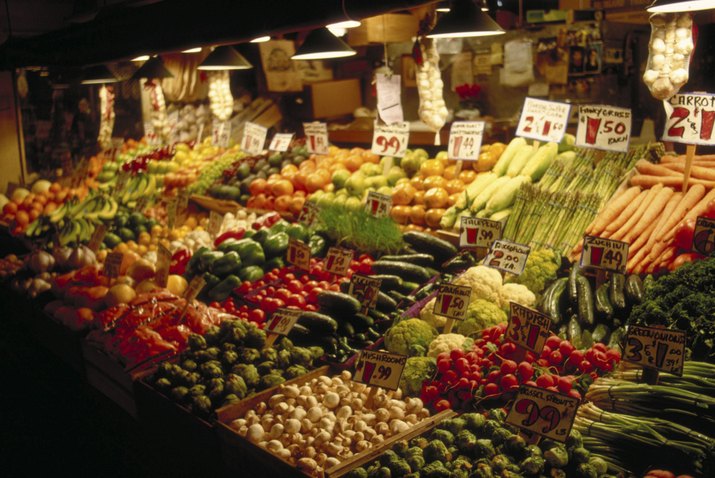 11 of 12
11 of 12
Consider Warehouse Clubs
Warehouse clubs can be another source of grocery savings. "Smaller families and singles tend to overlook warehouse clubs for groceries, thinking everything comes only in bulk," Gallegos said. "In reality, many things don't come in large quantities and don't perish easily, and there are many 'individual' items." For instance, many cereals come in a two-bag box, or you can get two jars of spaghetti sauce bundled together. He also recommended teaming up with friends, family and neighbors to split large purchases.
Ablestock.com/AbleStock.com/Getty Images 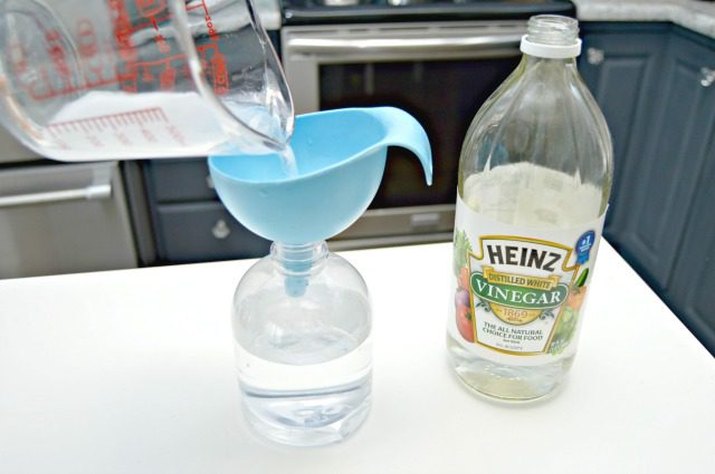 12 of 12
12 of 12
Make Your Own Products
Stretch your grocery dollars by making your own products. Jane DeLaney, founder and CEO of eMeals, provides some of her favorite homemade alternatives.
- Dishwashing detergent: Mix 1 cup of baking soda, 1 cup of Borax, ¼ cup of kosher salt and ¼ cup of citric acid. Store in dry container. Add 1 to 2 tbsp. per load of dishes. Add 2 to 3 drops of dish soap to detergent. Add ½ cup of white vinegar to the bottom of your dishwasher, then close and start.
- Ranch dressing: Combine the following in a jar: 1 cup sour cream, ½ cup buttermilk, 1 Tbsp. lemon juice, 1 large garlic clove (minced), 1 tbsp. dried parsley, ½ tsp. onion powder, ¾ tsp. salt, ½ tsp. black pepper, ⅛ to ¼ tsp. dried dill (to taste). Shake vigorously until well mixed. Store in refrigerator for up to two weeks. Shake before each use.
- Cooking spray: Fill a spray bottle halfway with vegetable, canola or olive oil, and top it off with water.
- Fabric freshener: Place ⅛ cup of fabric softener and 2 tbsp. of baking soda in a spray bottle. Add enough warm tap water to fill up the bottle.
- Mosquito repellent: Mix together 15 drops of lavender essential oil, 3 to 4 tbsp. of vanilla extract and 4 to 5 tbsp. of lemon juice. Pour into spray bottle, and add water to fill the bottle.
Jessica Kielman





























